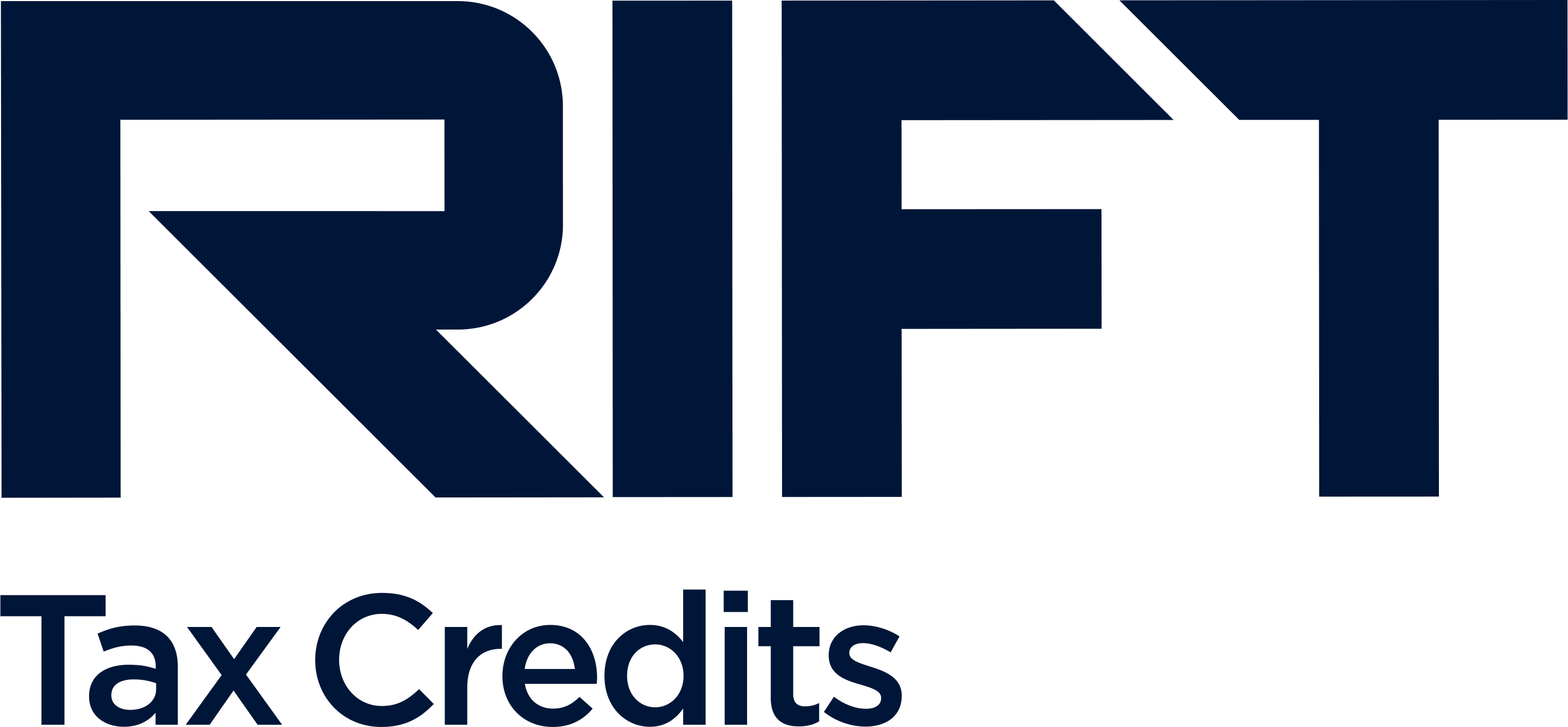What are R&D tax credit schemes for?
The R&D tax relief schemes are a government backed incentive to help drive innovation across all sectors within the UK. It is one of the governments most valuable incentives on offer, in some cases allowing up to 33% of a companies R&D spend to be recovered. With the government setting out ambitious plans to make the UK an innovation leader, the scheme has seen well over 300,000 claims resulting in over £34billion worth of tax relief being paid out since its launch in 2000.
Over the last 20 years, the scheme has gone from strength to strength, with an ever increasing number of claims being put in each year. Although businesses can spend the money they receive through the R&D scheme as they wish, many businesses re-invest in innovation to further drive industry knowledge, maintaining a competitive edge within their industry.
What qualifies as R&D work?
Put simply, if you are taking on projects where you are overcoming technical challenges at your own expense, often through the process of trial and error, then you could well be entitled to an R&D tax credit.
The good news is, there are a whole host of eligible R&D costs which can be claimed against if you are working on innovative projects. From prototype material costs, staffing costs and even overhead utility costs, there is a vast amount of eligible expenditure to be considered.
Which scheme is best for me?
There are two R&D schemes which can be claimed under, the SME scheme and the RDEC scheme. For which one to claim under depends on a few factors around your businesses turnover and the number of employees.
In summary, the SME scheme is more generous and is designed for companies to claim R&D who have a turnover of up to 100m Euros. Whereas the RDEC scheme, albeit slightly less giving, allows for large companies who turnover greater than 100m Euros to claim against their R&D expenditure.
We have provided a breakdown of the two schemes and eligibility criteria to claim within each below.

Small and medium-sized enterprises (SMEs) can claim a massive 230% on qualifying costs. Here’s what it takes to qualify for SME R&D tax relief:
- Fewer than 500 employees
- Under 100m Euro turnover
- Eligible to pay UK Corporation Tax
- Using considerable expertise to solve real-world problems
- Investing in staff, software, consumable items, prototypes or materials
How is an R&D SME tax credit calculated?
SMEs have a much higher rate of R&D tax relief than larger companies: a massive 230% on qualifying costs.
This means that for every £100 you spend allows you to lower the profits considered for Corporation Tax by £230!
There's lots of ways to how RIFT can help and we're as excited as you are to bring your best ideas to light. Give us a call today for a chat about how RIFT specialists can help make your innovation pay.

If you've got an annual turnover of more than €100 million or a balance sheet of over €86 million then you'll need to claim under the RDEC scheme for your R&D tax relief. Introduced back in April 2013, the REDC scheme is available to help companies who fall outside of the SME schemes criteria but are still entitled to benefit from R&D tax credits.
To claim under the RDEC scheme, you must either:
- employ over 500 staff
- have a balance sheet of over 86m Euros or a turnover of more than 100m Euros.
How is an RDEC claim calculated?
Through this scheme, companies can claim back up to 13% of their qualifying expenditure.
Although it is primarily large companies which claim through the RDEC scheme, some SMEs are required to use this scheme for part, or all of their R&D expenditure if they have carried out subcontracted work on behalf of a large company or have been in receipt of grants. In either case, RIFT will be on hand to ensure that you are maximising your benefit and claiming under the correct scheme.
As with the SME scheme, if you're out there solving problems and pushing against the limits of science or technology then you could have a R&D tax credit claim.
How can RIFT Tax Credits help?
Starting an R&D claim can be daunting, especially if you're new to the scheme and aren't even sure if your work qualifies.
With hundreds of claims under our belt and many years of experience behind us, we are able to take a hands-on approach to guide you through the process with ease. From identifying qualifying projects and writing a thorough R&D report, to helping your accountant amend your CT600 and submission, we're on hand every step of the way.
You can talk to us directly or, if you prefer, ask your accountant or advisor about working with us. Many accountants refer their clients to us for our specialist knowledge, and we're happy to work in the way that suits you and your business.
Together, we'll work out if you have a claim and show you how to make the most of it. We can even offer specialised support like running seminars for you, so get in touch with RIFT Tax Credits today and talk us through your most imaginative ideas.


Our technical teams specialise in hunting down all your qualifying R&D costs and turning them into a serious financial boost for your business. We've got a great relationship with HMRC built on the understanding of rewarding innovation.
How we help
